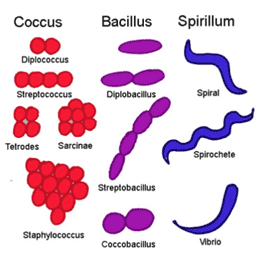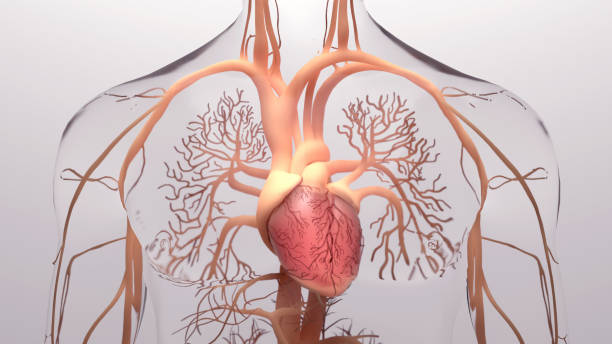The Importance of Distinguishing Beneficial from Harmful Microorganisms
The human body is teeming with microorganisms, both beneficial and harmful. Many of these organisms are acquired from the environment, such as through contact with other people, food, or water. It is important to be able to distinguish between beneficial and harmful microorganisms in order to maintain a healthy balance of microbiota.
Beneficial microorganisms can help protect against pathogenic bacteria and viruses and can aid in digestion and nutrient absorption. They also play an important role in maintaining the health of the gut-brain axis. Conversely, harmful microorganisms can cause disease and infection. Some pathogenic bacteria can even produce toxins that can harm the body.
It is essential to have a good understanding of which microorganisms are beneficial and which are harmful in order to maintain a healthy balance of microbiota.
What are Beneficial Microorganisms?

Microorganisms, including bacteria and fungi, are tiny organisms that can be seen only with a microscope. Beneficial microorganisms are those that have a positive effect on human health and the environment. They can help to protect us from disease, improve our digestion, and help to break down and recycle materials in the environment.
There are many different types of beneficial microorganisms, and each has unique properties that can benefit us. For example, some bacteria produce vitamins that are essential for human health, while others help to break down plant material into nutrients that can be used by plants or animals. Fungi can also play an important role in the environment by breaking down organic matter and releasing nutrients into the soil.

Beneficial microorganisms are found all around us, and we can increase their numbers by eating fermented foods or taking probiotic supplements.
What are Harmful Microorganisms?

There are many different types of harmful microorganisms, but they all share a few common characteristics. They are all very small, and they can cause infections and diseases in humans, animals, and plants. Some of the most common types of harmful microorganisms include bacteria, viruses, fungi, and parasites. Each of these organisms can cause a wide range of health problems, from mild infections to life-threatening diseases.
How to Distinguish Between Them?

Microorganisms are everywhere and play important roles in many aspects of life. Some microorganisms, such as certain bacteria and fungi, are beneficial and play essential roles in the biosphere. Others, such as certain viruses, can be harmful to humans and other organisms. It is important to be able to distinguish between beneficial and harmful microorganisms in order to take advantage of the benefits of the former and avoid the negative impacts of the latter. One way to distinguish between beneficial and harmful microorganisms is by their morphology or physical appearance. Beneficial microorganisms tend to be smaller in size than harmful ones. Additionally, beneficial microorganisms often have specific shapes that can be used to identify them, while harmful microorganisms may have no distinctive shape. Another way to distinguish between beneficial and harmful microorganisms is by their genetic makeup. Beneficial microorganisms all have a different genetic makeup than harmful ones. The presence of only one particular beneficial microorganism can be used to distinguish between two different beneficial organisms.
Conclusion
In conclusion, it is important to be able to distinguish between beneficial and harmful microorganisms, as they play very different roles in our lives. Beneficial microorganisms can help us digest food, fight off infection, and produce helpful chemicals. Harmful microorganisms can make us sick and cause harm. By being able to identify these organisms, we can take steps to maintain a healthy balance of microorganisms in our bodies and protect against disease.

